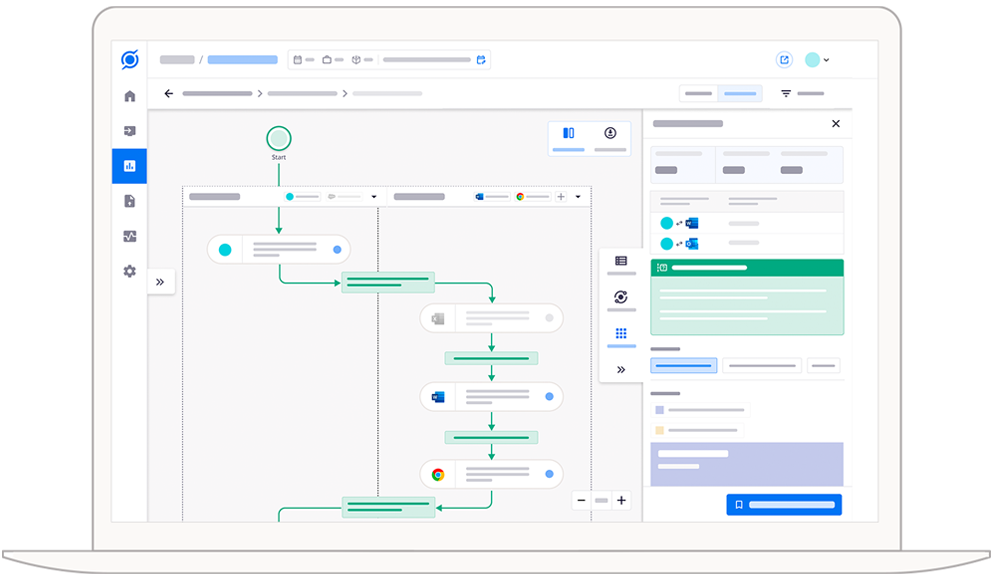- Soroco Tops Everest Group’s PEAK Matrix® Assessment - Four Years in a Row
Scout
Customer Stories
Ecosystem
Work Graph
NBDTs and a Realistic View of Interpretability for Deep Learning
Talk by Lisa Dunlap, Ph.D. Student, UC Berkeley
About our Guest Speaker
Why This Talk at Soroco
Soroco is building a work graph to help enterprises understand how they do digital work at the user level. Soroco’s technology Scout performs process and task discovery to find patterns in the data which represent business steps conducted by users, which helps annotate the work graph with the business context of how teams conduct processes.
Soroco’s Machine Learning algorithms classify user activities into processes and tasks but when our models suggest that a set of user activities should be attributed to a particular process, it helps to understand why the models think so. Explainable insights can help us provide more accurate predictions while also empowering our customers to highlight information that can help us identify their processes better. That’s where we think the work presented by Lisa is pertinent to what we do.
A deeper knowledge of the day-to-day tasks and processes enables teams to identify their pain points, bottlenecks, and discover the variations in the way processes are performed. Teams can then standardize their processes, address their system or process bottlenecks, and even automate repetitive tasks to improve their efficiency.
Watch the Talk
Motivation
Interpretable models provide a human-in-the-loop way to dive into the data. Interpretability is for these reasons, one of the most desirable properties of models in addition to accuracy.
Our most powerful and accurate models – Neural Networks – are also the least interpretable. Gradient based interpretability methods and saliency maps explain the part of the input that was most influential in making a decision, but they don’t tell us how the model made the decision. Our most interpretable models like decision trees are not nearly as powerful as Neural Networks but they provide a way to explain how the model arrived at a decision.
Key Ideas from the Talk
The most beneficial part of this approach is that it keeps the neural network almost as is. Features from the neural network itself are used to build the tree. The nodes of the fully connected layer of the neural network contain weights which describe the features that the node is looking for. Running agglomerative clustering over these nodes tells us which nodes can be grouped together. The resulting dendrogram give us the structure of the decision tree.
The intermediate nodes of the decision tree are still not explainable or interpretable. WordNet is a hierarchy of nouns. To assign labels to nodes, the earliest common ancestor for all leaves in a subtree is found from WordNet. The paper describes an intuitive example to help us understand this – say Dog and Cat are two categories that the original model predicts and they correspond to a node in the tree. Clustering tells us that they share a parent. To find a WordNet label for the parent, all ancestor concepts for Dog and Cat are found, like Mammal, Animal, and Living Thing. The closest shared ancestor is Mammal, so we assign Mammal to the parent of Dog and Cat. We do this recursively until all the nodes have a label.
Optimizing for interpretability also optimizes for accuracy
The last and most interesting contribution of the paper is how they improve both the accuracy and the interpretability of the Neural networks by adding a Tree Supervision Loss. The tree supervision loss is a cross entropy loss that encourages the network to predict the right path in the dendrogram with a higher probability. This loss ended up improving both explainability and the accuracy of the model.
Additional Thoughts and Conclusions
See Scout in action.
Schedule your demo now!
